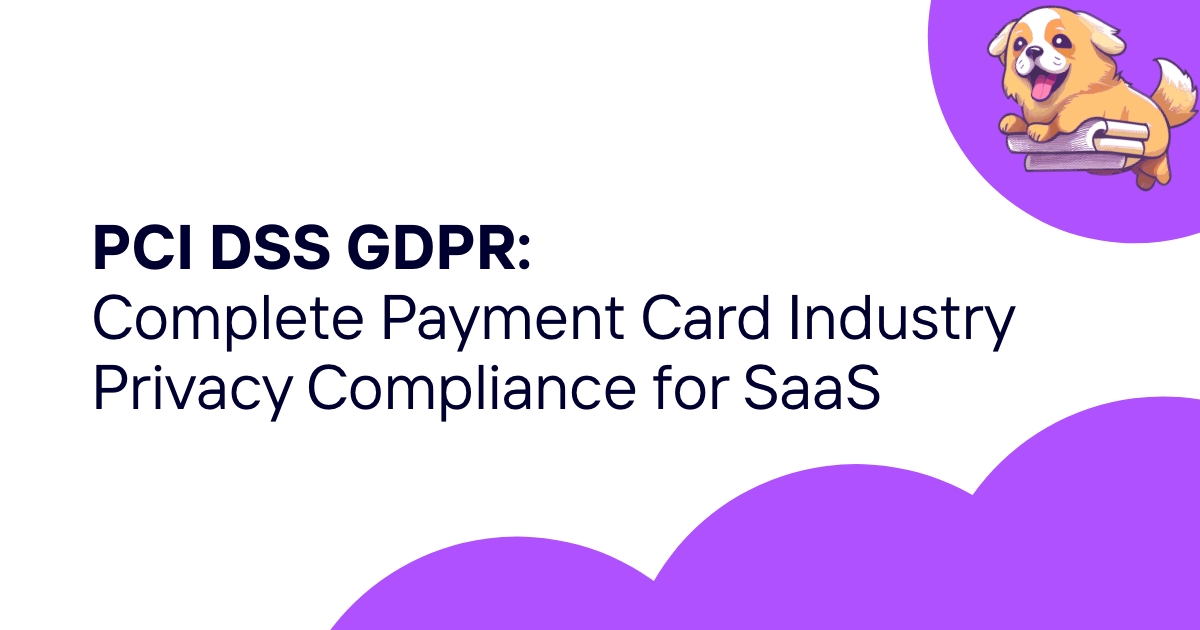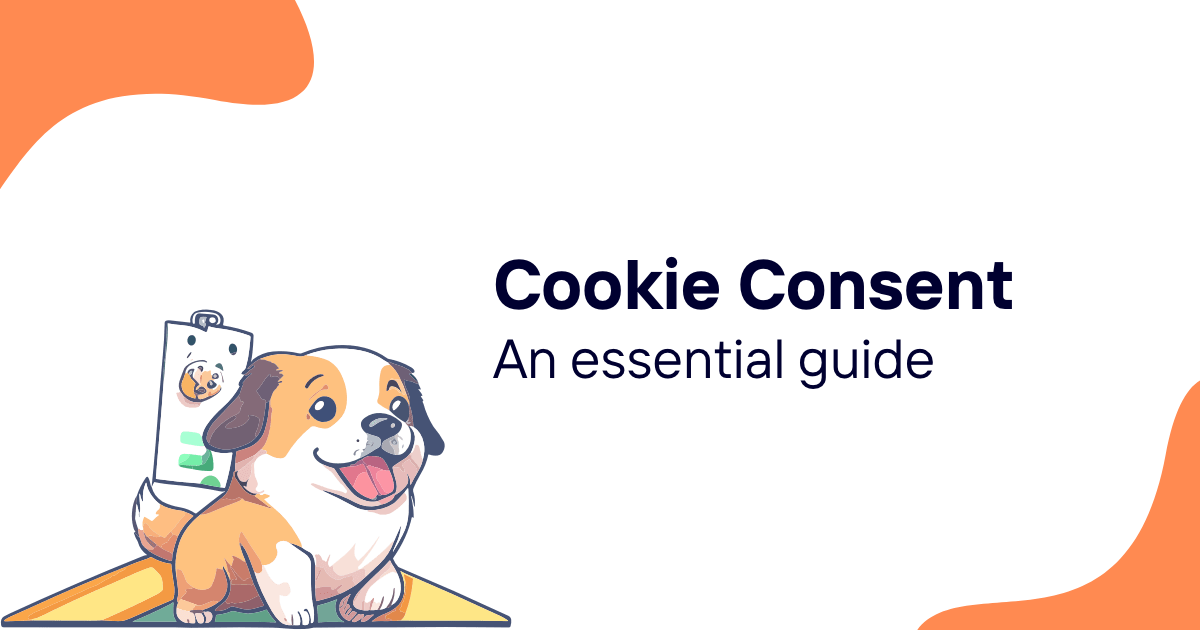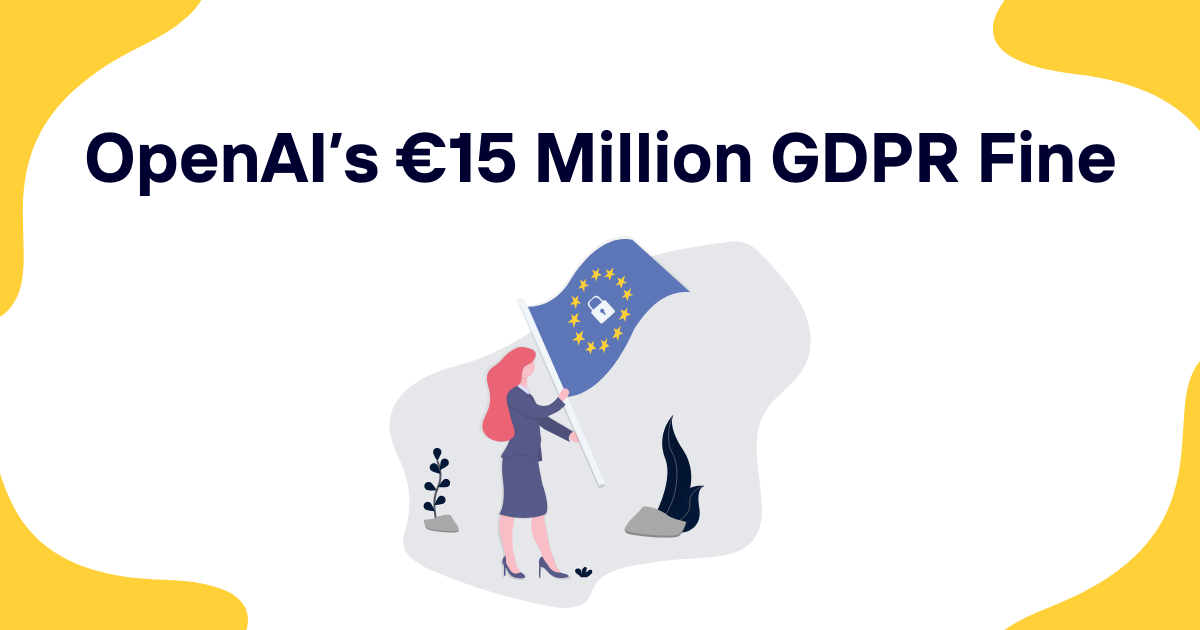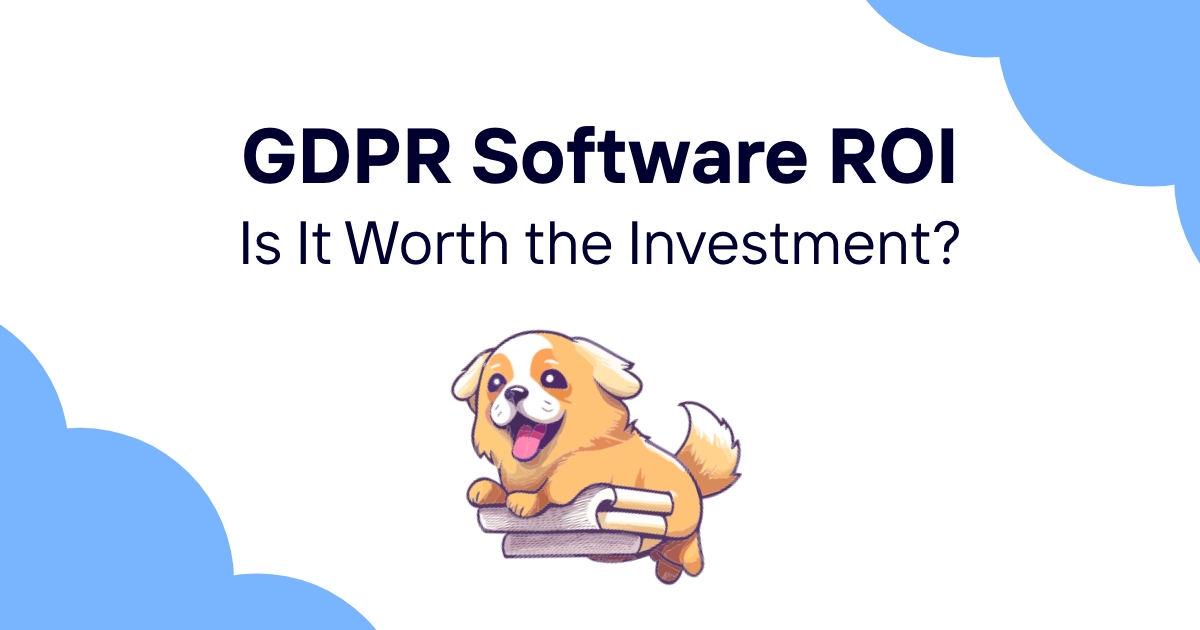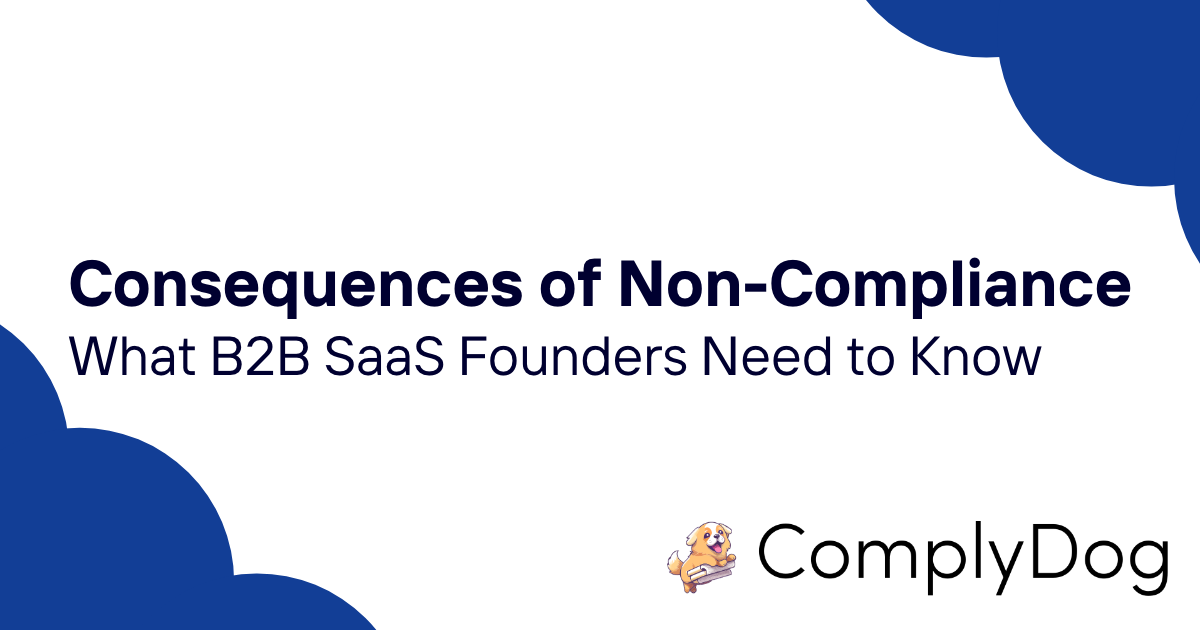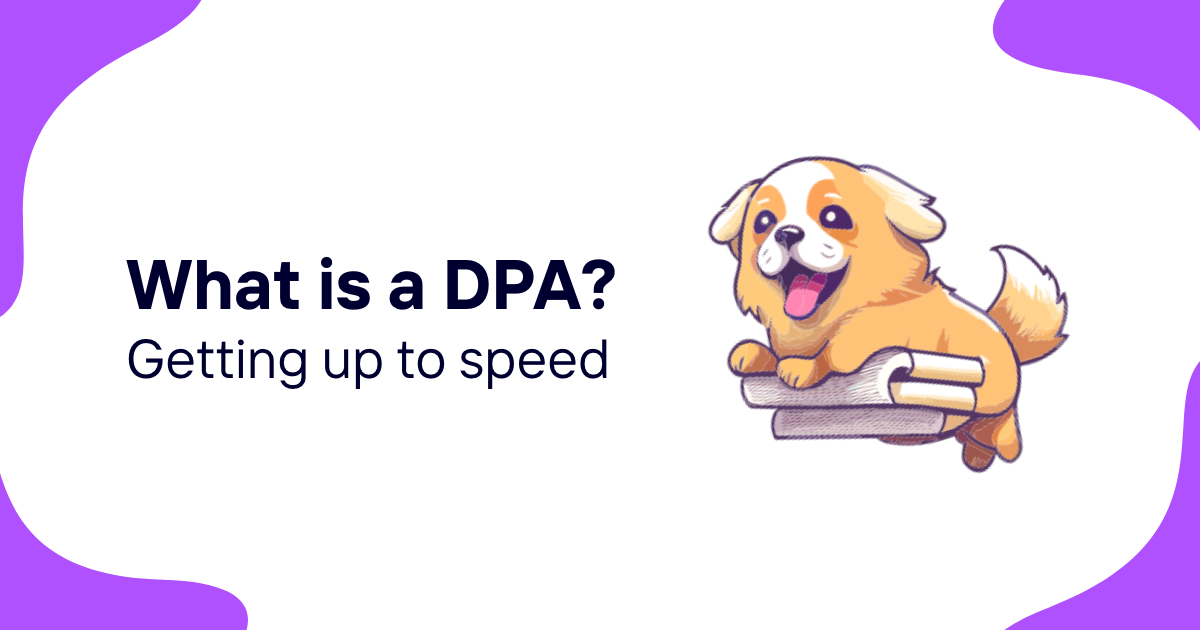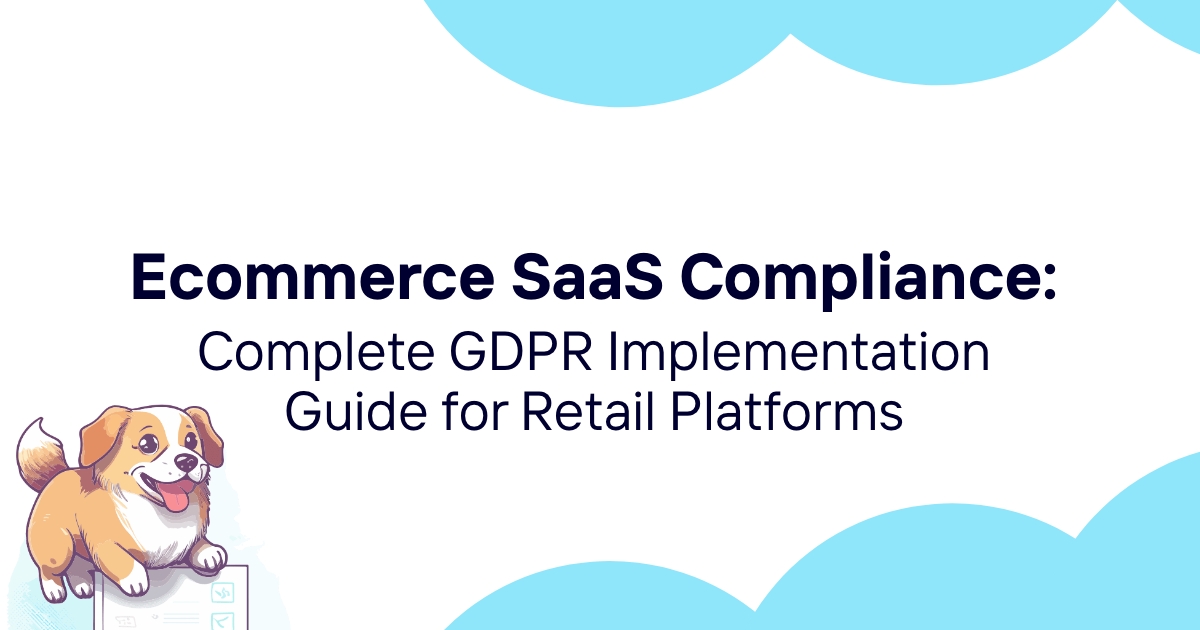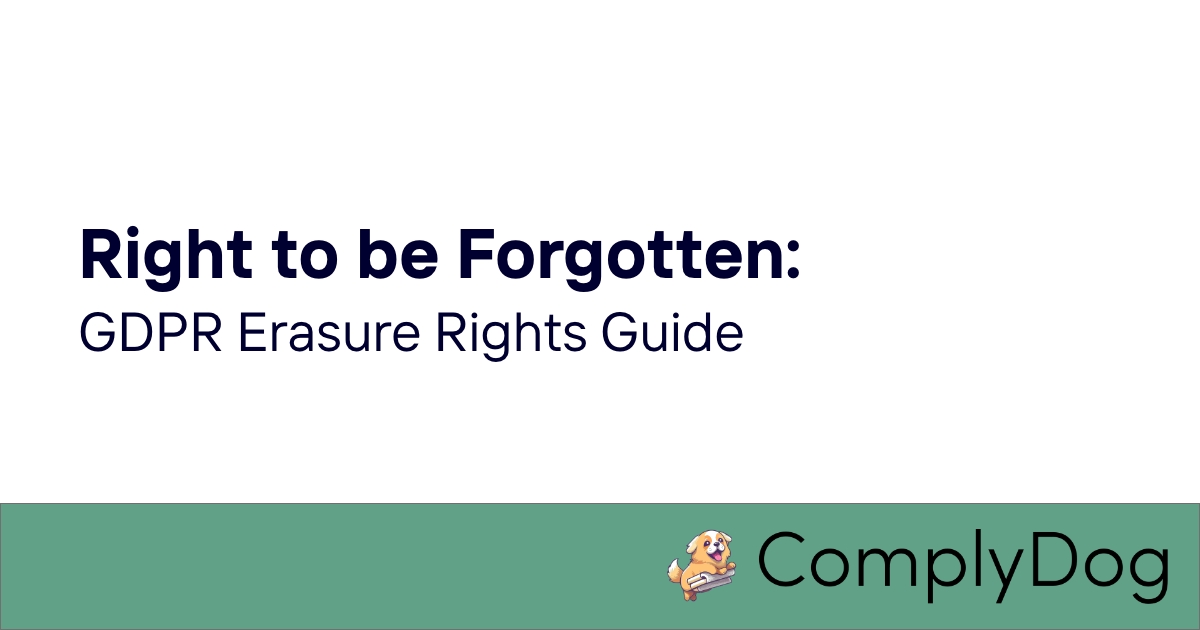Payment processing SaaS companies face the unique challenge of implementing both PCI DSS security requirements and GDPR privacy protection simultaneously, creating complex compliance scenarios where payment card security intersects with personal data privacy throughout cardholder data processing and payment transaction management. While PCI DSS focuses on protecting payment card data and GDPR emphasizes individual privacy rights, successful integration creates comprehensive protection that exceeds individual framework requirements.
The complexity of PCI DSS and GDPR integration lies in their different scopes and objectives - PCI DSS protects specific payment card data elements while GDPR covers all personal data processing - yet both frameworks share common security principles and data protection objectives that create integration opportunities for payment SaaS platforms.
Payment SaaS companies serving global markets must navigate overlapping but distinct compliance obligations where the same data might be subject to both PCI DSS security requirements and GDPR privacy protection, requiring coordinated implementation that satisfies both frameworks without creating conflicting controls or duplicated effort.
The strategic value of PCI DSS and GDPR integration extends beyond compliance to encompass customer trust, competitive differentiation, and operational excellence that demonstrates comprehensive data protection capabilities to payment industry stakeholders and privacy-conscious customers.
Proper integration of PCI DSS and GDPR requires understanding how payment security controls support privacy protection while ensuring privacy requirements enhance payment security through coordinated risk assessment, control implementation, and compliance management.
ComplyDog helps payment SaaS companies integrate PCI DSS and GDPR through unified compliance assessment, coordinated control implementation, and integrated monitoring that demonstrates comprehensive payment security and privacy protection through strategic framework coordination.
PCI DSS and GDPR Dual Compliance for Payment SaaS
Understanding the intersection and coordination requirements between PCI DSS payment security and GDPR privacy protection enables payment SaaS companies to develop integrated compliance strategies that address both frameworks efficiently.
Framework Scope and Overlap Analysis:
PCI DSS applies to cardholder data environments and payment card processing activities, while GDPR covers all personal data processing including cardholder information, creating overlapping protection requirements for payment-related personal data.
Map framework scope to identify where PCI DSS cardholder data protection intersects with GDPR personal data requirements while ensuring comprehensive coverage of all payment processing activities and data protection obligations.
Compliance Timeline Coordination:
PCI DSS requires annual compliance validation and quarterly vulnerability scanning, while GDPR mandates ongoing compliance with specific timelines for breach notification and data subject rights responses that must be coordinated appropriately.
Coordinate compliance activities to align PCI DSS assessment schedules with GDPR compliance monitoring while ensuring both frameworks receive appropriate attention and resource allocation throughout implementation cycles.
Regulatory Authority Coordination:
PCI DSS involves payment card industry oversight through acquiring banks and payment processors, while GDPR enforcement occurs through data protection authorities, creating multiple regulatory relationships that require coordinated management.
Manage regulatory relationships that address both payment industry compliance and privacy authority requirements while ensuring appropriate communication and compliance demonstration across different regulatory frameworks.
Customer and Stakeholder Expectations:
Payment SaaS customers expect both robust payment security and comprehensive privacy protection, requiring integrated compliance demonstration that addresses both payment industry requirements and privacy expectations through unified protection frameworks.
Design compliance communication that demonstrates both payment security excellence and privacy protection commitment while building customer confidence in comprehensive data protection capabilities.
Business Risk Integration:
Both frameworks address business risks including financial liability, regulatory penalties, and reputational damage that require integrated risk management approaches and coordinated protection strategies throughout payment SaaS operations.
For insights on managing complex multi-framework compliance, check out our NIST privacy framework guide which addresses similar systematic framework integration challenges.
Payment Data Protection and Privacy Requirements
Implementing comprehensive protection for payment data requires understanding how PCI DSS security controls and GDPR privacy requirements apply to different data elements throughout payment processing lifecycles and customer interactions.
Cardholder Data Security Protection:
PCI DSS requires specific protection for Primary Account Numbers (PAN), cardholder names, expiration dates, and service codes through encryption, access controls, and secure processing that form the foundation for payment security.
Implement cardholder data protection that meets PCI DSS requirements while ensuring appropriate integration with GDPR privacy controls for comprehensive protection of payment-related personal data.
Sensitive Authentication Data Handling:
PCI DSS prohibits storage of sensitive authentication data including CVV codes, PIN verification values, and magnetic stripe data after authorization, while GDPR requires appropriate protection for any personal data collected during authentication processes.
Configure authentication data handling that complies with PCI DSS storage prohibitions while ensuring GDPR privacy protection for any personal data involved in payment authentication and verification processes.
Payment-Related Personal Data:
GDPR applies to payment-related personal data including billing addresses, payment preferences, transaction history, and customer identifiers that extend beyond PCI DSS scope but require privacy protection throughout payment processing.
Design payment data management that addresses both PCI DSS cardholder data requirements and GDPR personal data protection while ensuring comprehensive coverage of all payment-related information.
Cross-Border Payment Privacy:
International payment processing involves data transfers that must comply with both PCI DSS payment industry requirements and GDPR international transfer restrictions while supporting global payment processing capabilities.
Implement cross-border payment processing that satisfies both payment industry requirements and privacy transfer safeguards while ensuring appropriate protection for payment data throughout international transactions.
Payment Analytics and Privacy:
Payment analytics processing must balance business intelligence needs with both PCI DSS data security requirements and GDPR privacy protection while ensuring appropriate consent and legal basis for analytical processing.
Configure payment analytics that provide business insights while maintaining both payment security and privacy protection through appropriate data processing limitations and consent management.
Cardholder Data and Personal Data Intersection
Understanding how cardholder data intersects with personal data enables payment SaaS companies to implement coordinated protection that addresses both PCI DSS and GDPR requirements efficiently.
Data Classification Integration:
Develop data classification that identifies information subject to both PCI DSS and GDPR requirements while ensuring appropriate protection levels and handling procedures for different data categories throughout payment processing.
Implement classification systems that provide clear guidance for data handling while ensuring appropriate protection measures for data subject to both payment security and privacy requirements.
Processing Purpose Documentation:
Document processing purposes that address both PCI DSS business justification and GDPR legal basis requirements while ensuring appropriate transparency and consent management for payment data processing activities.
Design purpose documentation that satisfies both framework requirements while providing clear guidance for data processing activities and customer communication about payment data usage.
Retention Policy Coordination:
Coordinate retention policies that address both PCI DSS data minimization principles and GDPR retention limitation requirements while ensuring appropriate data lifecycle management for payment-related information.
Implement retention management that satisfies both frameworks while balancing business needs for payment processing with privacy minimization principles and security data protection requirements.
Access Control Integration:
Integrate access controls that address both PCI DSS need-to-know principles and GDPR data protection requirements while ensuring appropriate access management for payment data throughout processing environments.
Configure access controls that provide comprehensive protection while supporting necessary business access for payment processing, customer service, and compliance activities.
Incident Response Coordination:
Coordinate incident response that addresses both PCI DSS compromise procedures and GDPR breach notification requirements while ensuring appropriate stakeholder communication and regulatory compliance.
Design incident response that provides systematic handling while ensuring appropriate notification procedures for both payment industry stakeholders and privacy regulatory authorities.
Payment Processing Privacy Controls
Implementing comprehensive privacy controls for payment processing requires coordinating PCI DSS security requirements with GDPR privacy protection throughout payment transaction management and customer data handling.
Encryption and Data Protection:
Implement encryption controls that satisfy both PCI DSS requirements for cardholder data protection and GDPR security obligations for personal data while ensuring comprehensive protection throughout payment processing infrastructures.
Configure encryption systems that provide dual compliance protection while maintaining payment processing performance and functionality through appropriate key management and cryptographic implementation.
Network Security and Privacy:
Design network security controls that address both PCI DSS network protection requirements and GDPR security obligations while ensuring appropriate segmentation and access controls for payment processing environments.
Implement network protection that provides comprehensive security while supporting privacy protection through appropriate traffic monitoring, access controls, and security boundary management.
Application Security Integration:
Integrate application security controls that address both PCI DSS secure coding requirements and GDPR privacy by design principles while ensuring comprehensive protection throughout payment application development and deployment.
Configure application security that provides payment protection while supporting privacy requirements through appropriate security testing, code review, and vulnerability management processes.
Monitoring and Logging Coordination:
Coordinate monitoring and logging that addresses both PCI DSS audit trail requirements and GDPR accountability obligations while ensuring comprehensive visibility into payment processing and data protection activities.
Implement monitoring systems that provide dual compliance support while ensuring appropriate log protection, retention management, and access controls for audit and compliance activities.
Vulnerability Management Integration:
Integrate vulnerability management that addresses both PCI DSS security testing requirements and GDPR security obligations while ensuring comprehensive protection against threats to payment processing and personal data.
Design vulnerability management that provides systematic protection while ensuring appropriate testing, remediation, and improvement processes for both payment security and privacy protection.
PCI DSS GDPR Documentation Requirements
Comprehensive documentation that addresses both PCI DSS and GDPR requirements enables payment SaaS companies to demonstrate integrated compliance while supporting audit activities and regulatory oversight.
Policy Integration and Harmonization:
Develop policies that address both PCI DSS security requirements and GDPR privacy obligations while ensuring comprehensive coverage and efficient management through integrated policy frameworks.
Create policy structures that provide systematic coverage while avoiding duplication and ensuring comprehensive guidance for both payment security and privacy protection throughout SaaS operations.
Procedure Documentation Coordination:
Document procedures that support both PCI DSS compliance and GDPR privacy protection while ensuring operational efficiency and comprehensive coverage of security and privacy activities.
Design procedure documentation that provides practical guidance while ensuring staff understanding and consistent implementation of integrated compliance requirements across payment processing operations.
Risk Assessment Documentation:
Document risk assessments that address both PCI DSS security risks and GDPR privacy risks while ensuring comprehensive evaluation and appropriate treatment strategies for payment processing environments.
Implement risk documentation that provides systematic assessment while supporting both compliance frameworks through comprehensive risk identification, analysis, and mitigation planning.
Compliance Evidence Management:
Manage compliance evidence that supports both PCI DSS validation and GDPR accountability while ensuring efficient documentation organization and comprehensive audit support for integrated compliance demonstration.
Configure evidence management that provides organized storage and retrieval while supporting both compliance frameworks through systematic documentation and audit trail maintenance.
Training and Awareness Documentation:
Document training and awareness programs that address both PCI DSS security awareness and GDPR privacy education while ensuring comprehensive staff competency across both compliance frameworks.
Design training documentation that provides systematic education while building organizational capabilities for comprehensive payment security and privacy protection.
Payment SaaS Vendor Compliance Management
Managing vendor compliance for payment SaaS requires coordinating PCI DSS service provider requirements with GDPR data processor obligations while ensuring comprehensive third-party risk management and compliance oversight.
Service Provider Assessment Integration:
Assess service providers that support payment processing for both PCI DSS compliance status and GDPR data protection capabilities while ensuring comprehensive vendor evaluation and risk management.
Implement assessment frameworks that address both compliance requirements while ensuring appropriate due diligence and ongoing oversight for vendors supporting payment processing operations.
Data Processing Agreement Coordination:
Coordinate data processing agreements that address both PCI DSS service provider requirements and GDPR processor obligations while ensuring comprehensive contractual protection and compliance support.
Design agreement frameworks that provide appropriate legal protection while ensuring vendor compliance support for both payment security and privacy protection requirements.
Vendor Monitoring and Oversight:
Monitor vendor compliance with both PCI DSS and GDPR requirements while ensuring ongoing assessment and appropriate corrective action for vendors that fail to maintain compliance standards.
Implement monitoring programs that provide systematic oversight while ensuring vendors maintain appropriate protection for both payment security and privacy throughout service delivery.
Vendor Incident Coordination:
Coordinate vendor incident response that addresses both PCI DSS compromise procedures and GDPR breach notification while ensuring appropriate stakeholder communication and regulatory compliance.
Design vendor incident management that provides systematic coordination while ensuring appropriate notification and response procedures for both payment industry and privacy regulatory requirements.
Supply Chain Risk Management:
Manage supply chain risks that affect both payment security and privacy protection while ensuring comprehensive vendor ecosystem oversight and appropriate risk mitigation throughout service provider relationships.
Implement supply chain management that provides comprehensive protection while ensuring appropriate risk assessment and mitigation for vendors supporting payment processing and customer data management.
Integrated Payment Privacy Compliance Strategy
Developing integrated compliance strategies enables payment SaaS companies to address both PCI DSS and GDPR requirements efficiently while building comprehensive data protection capabilities that support business growth and customer trust.
Strategic Framework Integration:
Integrate PCI DSS and GDPR compliance into unified strategic frameworks that address both payment security and privacy protection while supporting business objectives and competitive positioning.
Design strategic integration that provides comprehensive protection while ensuring appropriate resource allocation and capability development for sustained compliance excellence and business success.
Operational Efficiency Optimization:
Optimize operational efficiency through integrated compliance processes that address both frameworks while reducing duplication and ensuring comprehensive protection through coordinated implementation and management.
Implement efficiency optimization that provides cost-effective compliance while ensuring appropriate protection levels and sustainable compliance operations throughout payment SaaS platforms.
Technology Investment Coordination:
Coordinate technology investments that support both PCI DSS and GDPR compliance while ensuring appropriate platform selection and integration for comprehensive data protection capabilities.
Design technology strategies that provide dual compliance support while ensuring appropriate investment allocation and technology integration for comprehensive payment security and privacy protection.
Performance Measurement Integration:
Integrate performance measurement that tracks both payment security effectiveness and privacy protection performance while providing comprehensive visibility into compliance program success and improvement opportunities.
Implement measurement systems that provide dual framework assessment while supporting continuous improvement and stakeholder communication about comprehensive data protection effectiveness.
Stakeholder Communication Coordination:
Coordinate stakeholder communication that addresses both payment industry requirements and privacy expectations while building confidence in comprehensive data protection capabilities and compliance excellence.
Design communication strategies that effectively demonstrate both compliance achievements while building stakeholder trust through comprehensive protection transparency and performance demonstration.
Business Value Integration:
Position integrated compliance as business value driver that supports customer trust, competitive advantage, and operational excellence while demonstrating comprehensive data protection as strategic business capability.
Communicate compliance value that demonstrates how integrated payment security and privacy protection supports business objectives while building customer confidence and competitive differentiation through excellence.
Ready to achieve comprehensive payment security and privacy protection? Use ComplyDog and transform PCI DSS and GDPR from separate compliance burdens into unified competitive advantages through strategic framework integration that demonstrates comprehensive payment data protection excellence.
